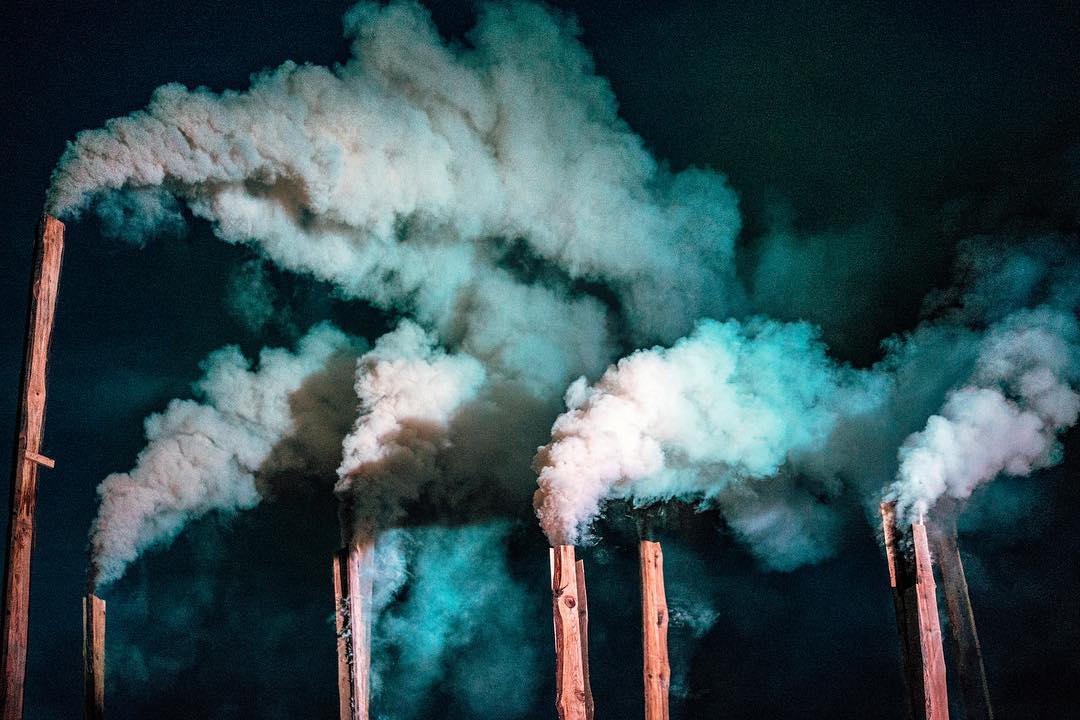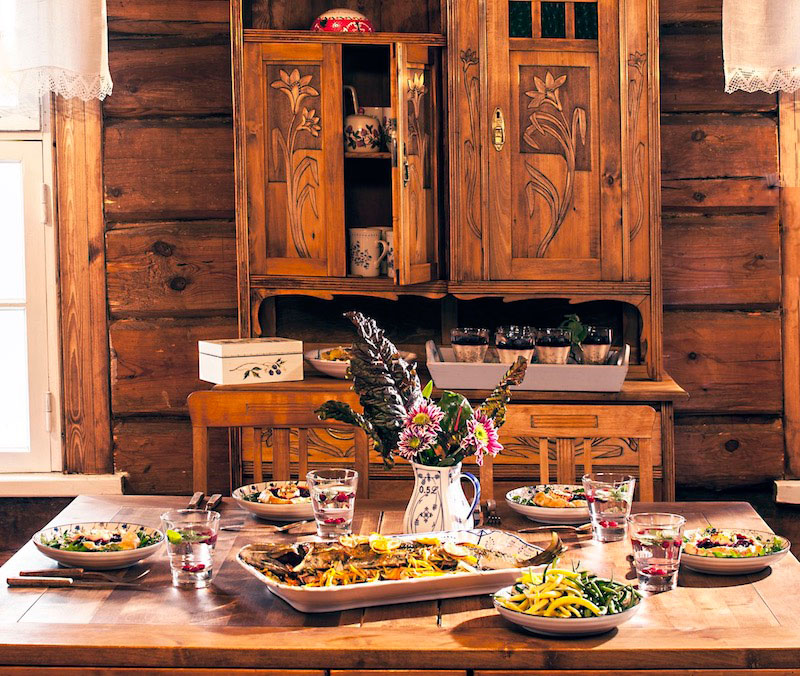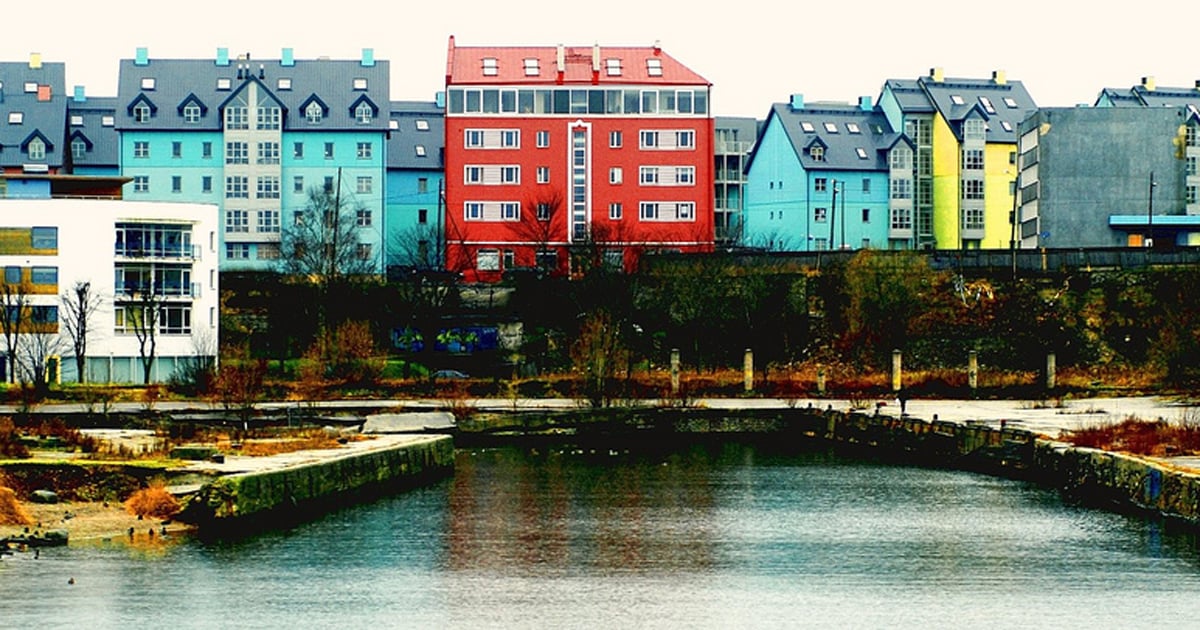Rare 90s photos capture the lives of the young and restless in an Estonian border-town
An exhibition at the Estonian National Museum showcases more than 100 remarkable images of teens in post-industrial Narva skateboarding, smoking, and skiving off school — all amid the economic upheaval of the 90s.
Kirill Iserlis was 13 when the Soviet Union collapsed. Entering adolescence, he realised his parents could no longer guide him in a world of rapid change. “Us youngsters were growing up and defining new social norms by ourselves,” reveals Iserlis, who documented his peers as they embraced not only the freedoms of adolescence, but the transformations of society at large.
Iserlis was born in Narva, a city which lies close to the border with Russia on the easternmost edge of Estonia. As a border town, Narva has long been culturally different to Estonia’s two biggest cities: Tallinn and Tartu. Narva is the country’s largest Russian-speaking city. In its heyday, it was home to a prosperous textile and mining industry. After years as a Soviet republic, Estonia gained its independence in 1991. Yet citizenship was only given to people who had settled in Estonia before 1940. Iserlis’s family, along with other workers who settled in Narva from Russia, Ukraine and Belarus, suddenly found themselves in limbo.
“My family moved to Estonia after 1940. My parents were hard-working and I was born in Narva and loved the country very much. It was really hard for me to understand why me and my family, who moved as part of Stalin’s forced labour transfers, were held responsible for the political changes which took place 40 years before I was born,” says Iserlis, whose family eventually left Estonia for Israel in 1996.
“It was during my last few visits to Estonia, that I noticed the divide among many of my friends in Narva. On the one hand they were enjoying the advantages of the economical transition, but on the other hand, they were angry at the Estonian government for the processes that the country was going through.”
Over a hundred photos from Iserlis’s school days in Narva, unearthed by curator Karin Leivategija, are currently on display at the Estonian National Museum as part of an exhibition of archive materials from 90s Estonia.These rare images show the students of Narva Pahklimae Gimnasium. Some are still living in Narva, while most have moved abroad in USA, Russia, England, Ireland, Finland, and other parts of Europe.
Taken between classes, at school, in abandoned construction sites, parks, basements, and stairwells, his photos of life in an ex-industrial town looks no different from the memories of any other typical teen. As a document of 90s Estonia, however, these glimpses of adolescent naivety and rebellion could be seen to stand for greater political tensions following the dissolution of the USSR. “I feel like I took part in a kind of social experiment and was lucky to escape it,” Iserlis reflects nearly three decades later. “The nature and unique aesthetic of Estonia are probably the things I miss the most.”


